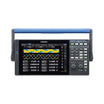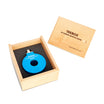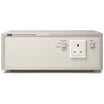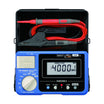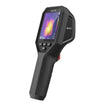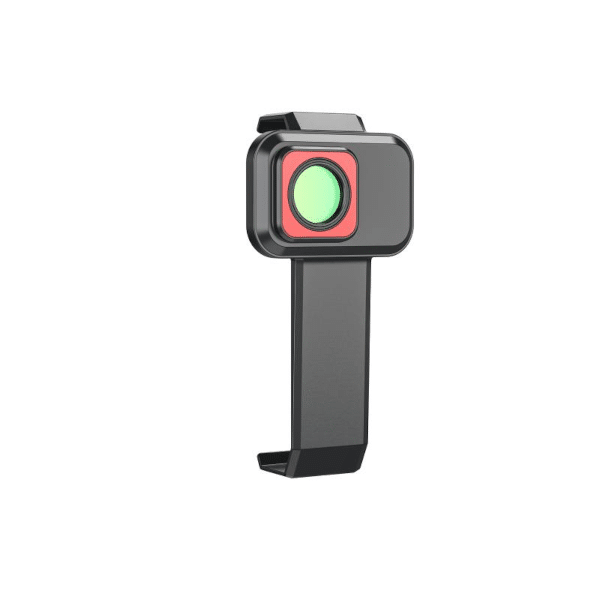
DEMO HIKMICRO HM-P201-MACRO Pocket Series Macro Lens
Use our chat for personal support or contact us via +45 31 33 18 19 or salg@GOmeasure.dk
- Focal length: 4.6 mm
- FOV (Field Of View): 36° (H) × 28° (V)
- IFOV (Spatial Resolution): 2.55 mrad
- Focusing Distance: 30 mm ± 1 mm (1.18” ± 0.04”)
- Min. imaging object size: 100 ?m × 100 ?m
- Min. temperature object size: 500 ?m × 500 ?m
- Magnification: 0.12x
Discover the possibilities
More information
Description
The HIKMICRO HM-P201-MACRO macro lens allows you to spot potential design flaws, evaluate PCB hot spots, and inspect small electronic components. Easily clips onto HIKMICRO Pocket-series thermal imaging cameras.
HIKMICRO HM-P201-MACRO macro lens is compatible with the Pocket series (Pocket1, Pocket2) thermography cameras.
Key Features
- High Accuracy: Max(±3 ℃/5.4 ℉, ±3%), for object temperature between 0 °C (32 °F) to 150 °C (302 °F)
- See Smaller: Small details are clearly visible, imaging the target as small as 100 µm x 100 µm
- Easy installation: Easy to attach the macro lens to compatible cameras
- No Calibration Required: Ready to use once installed, saves the hassle of sending the camera to the manufacturer to calibrate the lens
Typical Application
- Research & Development
- Electronic Design Verification and Validation
- Printed Circuit Board (PCB) Inspection
- Electronic Component Testing
- Mobile Phone Repair
Running Environment
HIKMICRO HM-P201-MACRO macro lens allows you to focus extremely close up 30mm on a very small subject so that it appears much larger in the view (and in the final image) compared to the standard lens.
It allows you to capture accurate temperature measurements of small targets as small as 500µm x 500µm without changing lenses.
Get an incredibly detailed image of very small objects so you can gain insight into thermal buildup and dissipation on printed circuit boards, identify a faulty or undersized component, or potentially even pinpoint precise faulty locations on electrical equipment.
Specifications
Documents
Datasheet:
Options
Video
The HIKMICRO HM-P201-MACRO macro lens allows you to spot potential design flaws, evaluate PCB hot spots, and inspect small electronic components. Easily clips onto HIKMICRO Pocket-series thermal imaging cameras.
HIKMICRO HM-P201-MACRO macro lens is compatible with the Pocket series (Pocket1, Pocket2) thermography cameras.
Key Features
- High Accuracy: Max(±3 ℃/5.4 ℉, ±3%), for object temperature between 0 °C (32 °F) to 150 °C (302 °F)
- See Smaller: Small details are clearly visible, imaging the target as small as 100 µm x 100 µm
- Easy installation: Easy to attach the macro lens to compatible cameras
- No Calibration Required: Ready to use once installed, saves the hassle of sending the camera to the manufacturer to calibrate the lens
Typical Application
- Research & Development
- Electronic Design Verification and Validation
- Printed Circuit Board (PCB) Inspection
- Electronic Component Testing
- Mobile Phone Repair
Running Environment
HIKMICRO HM-P201-MACRO macro lens allows you to focus extremely close up 30mm on a very small subject so that it appears much larger in the view (and in the final image) compared to the standard lens.
It allows you to capture accurate temperature measurements of small targets as small as 500µm x 500µm without changing lenses.
Get an incredibly detailed image of very small objects so you can gain insight into thermal buildup and dissipation on printed circuit boards, identify a faulty or undersized component, or potentially even pinpoint precise faulty locations on electrical equipment.


